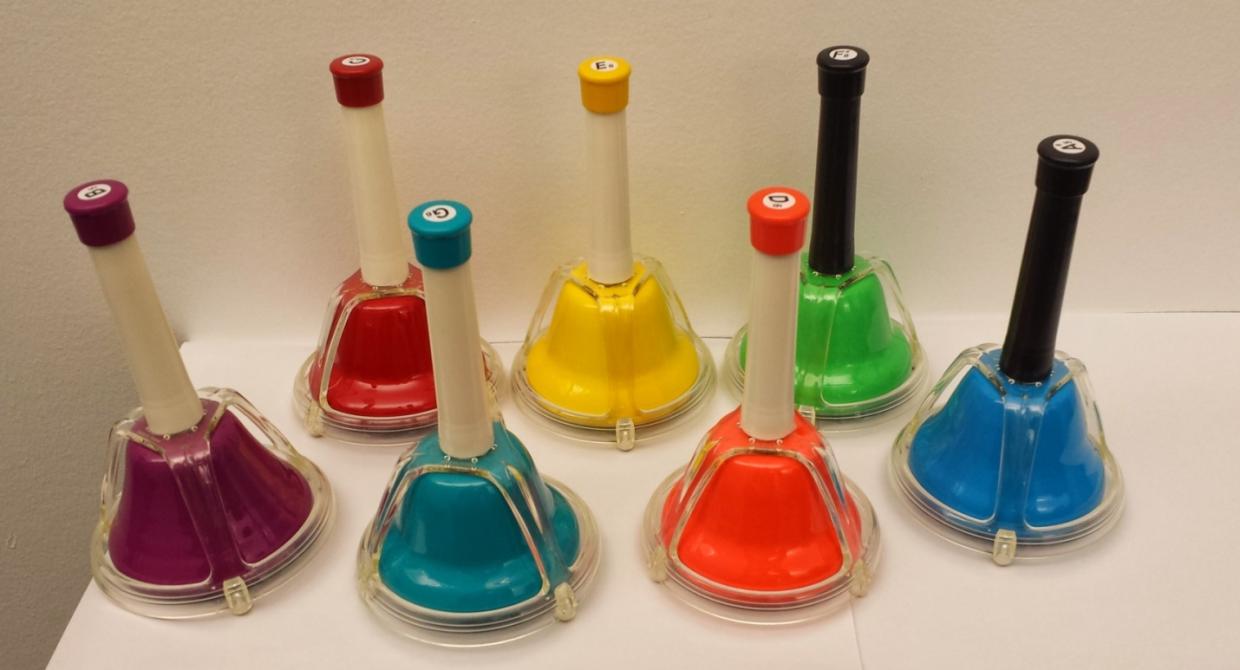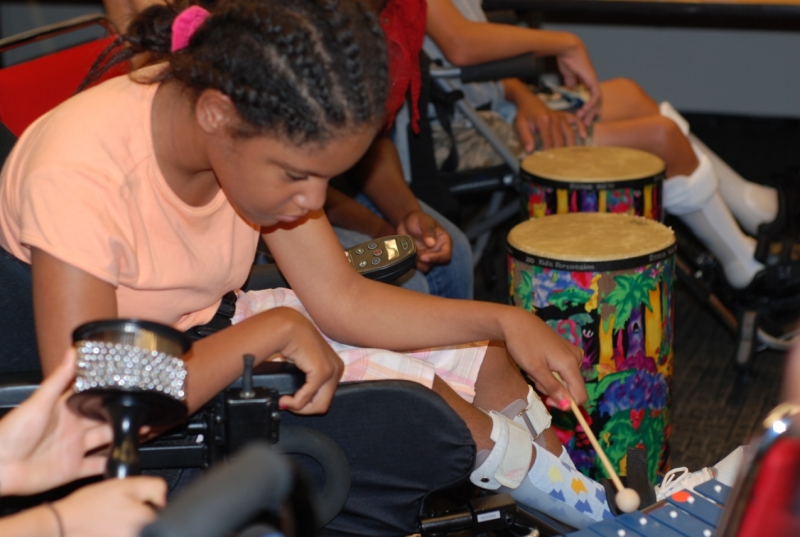How Does Music Change the Brain?
A Recap of the Neurologic Music Therapy-Fellowship Training.

March 5th, 2014
By Jeffrey Wolfe
This past month I had the great opportunity to attend the Neurologic Music Therapy Fellowship Training, at the Center for Biomedical Research in Music at Colorado State University.
This is a 2-day intensive program, endorsed by the World Federation of Neurologic Rehabilitation (WFNR), the European Federation of Neurorehabilitation Societies (EFNS), and the International Society for Clinical Neuromusicology (CNM). It is the second level of an advanced certification that allows a board-certified music therapist to practice and use the credential of Neurologic Music Therapist-Fellow (NMT-F) for five years.
ITA therapists are often asked what exactly Neurologic Music Therapy (NMT) is and how it works. NMT is a clinical approach based on research in neuroscience of music perception and production.  NMT applies various music elements such as rhythm and melody in a procedural manner to facilitate brain plasticity by activating non-damaged brain areas to recruit neural pathways and support recovery from brain damage. NMT sessions are usually designed to address functional therapeutic goals promoting physical, cognitive, social, and communication abilities in order to maximize one's functioning in everyday life. NMT can be used for a wide variety of individuals including, but not limited to, people with Parkinson’s disease, stroke survivors, Alzheimer’s disease, autism spectrum disorder, brain injury, cerebral palsy, and other neurological disorders.
NMT applies various music elements such as rhythm and melody in a procedural manner to facilitate brain plasticity by activating non-damaged brain areas to recruit neural pathways and support recovery from brain damage. NMT sessions are usually designed to address functional therapeutic goals promoting physical, cognitive, social, and communication abilities in order to maximize one's functioning in everyday life. NMT can be used for a wide variety of individuals including, but not limited to, people with Parkinson’s disease, stroke survivors, Alzheimer’s disease, autism spectrum disorder, brain injury, cerebral palsy, and other neurological disorders.
The training consisted of an in depth look at the neuro-anatomy and neurophysiology of the brain, how music is processed in the brain, brain pathology, and a review of the twenty standardized NMT therapeutic music interventions. This is very cool stuff! Having this knowledge allows me to use certain elements of music and to design clinical interventions which target the damaged areas of an individual’s brain, or help habilitate areas of the brain in need of an extra push due to developmental delays. The beauty of music is that it stimulates the brain bilaterally in multiple locations.
“The brain that engages in music is also changed by engaging in music”
(Thaut, 2005)
On my first day at the training I was blown away by my colleagues’ expertise, creativity, and insight. Each attendee brought three video examples of their work with clients to share. This was by far the best part of the training, as I learned new songs, new ways to use the NMT techniques, and I had a chance to receive feedback and gain a different perspective from others. Things did get a little intense at times. Conversations became very detailed, from clarifying the use of a technique being appropriate for only very specific diagnoses, to discussing the exact positioning of a client’s desk bells when playing an ascending melodic pattern (I’ll give you a hint; the instruments should ascend in pitch and direction). By the end of the training, I was humbled by the amount of care and detail that went into each discussion about client treatment and assessment. Next time you hear a song, pay attention to all the different instruments, the short and long sounds, and how you might move to this music.
Did you know that music shares brain mechanisms with memory, attention, language, perception, and motor control? This means that when you listen to or perform music, these areas of your brain are “lighting up”.  Really! Did you also know that your brain is in sync with a beat before you realize it? Through this process, known as entrainment, your reptilian brain, the lowest and most primitive brain region, is synchronizing with the tempo of the beat before you can even tap your finger to match it. When working in a rehabilitation setting, this process allows a music therapist to adjust the tempo of music to match a targeted physical movement for optimal mobility. You may be working harder because the tempo has been increased or decreased and not even know it… because your sneaky music therapist has simply continued to play your favorite song, with a slight alteration.
Really! Did you also know that your brain is in sync with a beat before you realize it? Through this process, known as entrainment, your reptilian brain, the lowest and most primitive brain region, is synchronizing with the tempo of the beat before you can even tap your finger to match it. When working in a rehabilitation setting, this process allows a music therapist to adjust the tempo of music to match a targeted physical movement for optimal mobility. You may be working harder because the tempo has been increased or decreased and not even know it… because your sneaky music therapist has simply continued to play your favorite song, with a slight alteration.
After a very fun and educational weekend, I headed back from the snow covered mountains, to the snow covered skyscrapers of the windy city. Just like my clients, the work I do in one setting must be able to transfer to a different setting. In NMT, this is called the transformational design model. As a music therapist, I am choosing certain treatment techniques that will help prepare my clients to perform the desired skill without music, in the desired setting. This is accomplished by identifying a need, assessing the client’s level of ability, creating a functional intervention to help the client reach the need, reassessing, and finally helping the client generalize that skill at home, work, or their next stomping ground. For me the goal is to continue generalizing the breadth and depth of this training from the research lecture hall at CSU, to the music therapy session, client homes, and hospital rooms where I practice. I love making music. I love helping my clients make music, and I think understanding music’s effect on the brain is crucial to my practice. With the knowledge I gain from gatherings like the NMT Fellowship Training, I love bringing all the pieces together.
To read more about Neurologic Music Therapy, Check out Michael Thaut’s Rhythm, Music, and the Brain
 Jeffrey Wolfe is the Community Program’s Manager, Accessible Arts Coordinator, and one of several energetic Neurologic Music Therapy-Fellows at the Music Institute of Chicago’s Institute for Therapy through the Arts (ITA) in Chicago, IL.
Jeffrey Wolfe is the Community Program’s Manager, Accessible Arts Coordinator, and one of several energetic Neurologic Music Therapy-Fellows at the Music Institute of Chicago’s Institute for Therapy through the Arts (ITA) in Chicago, IL.
